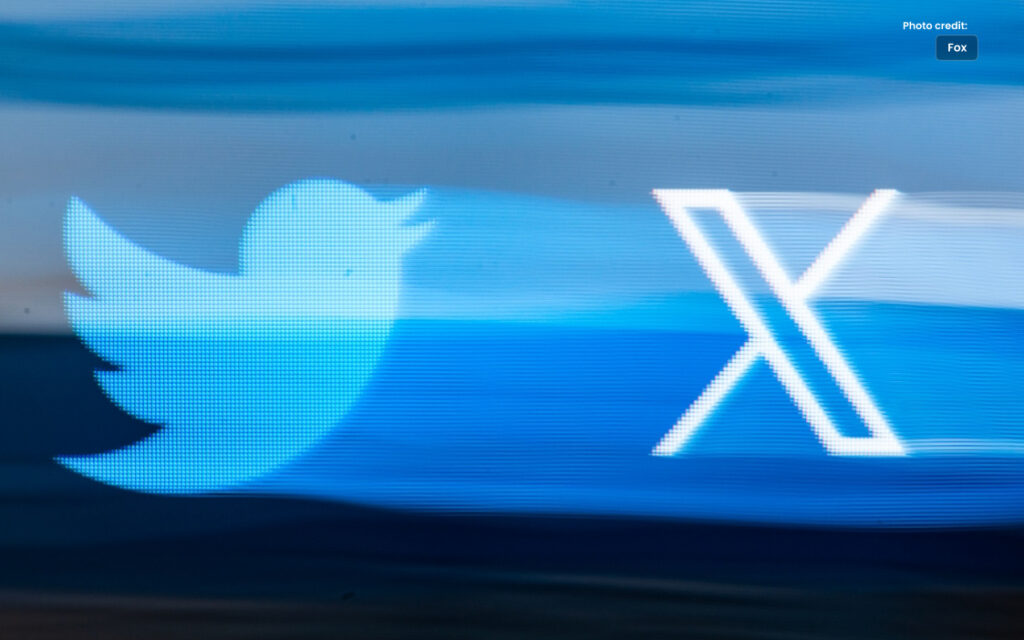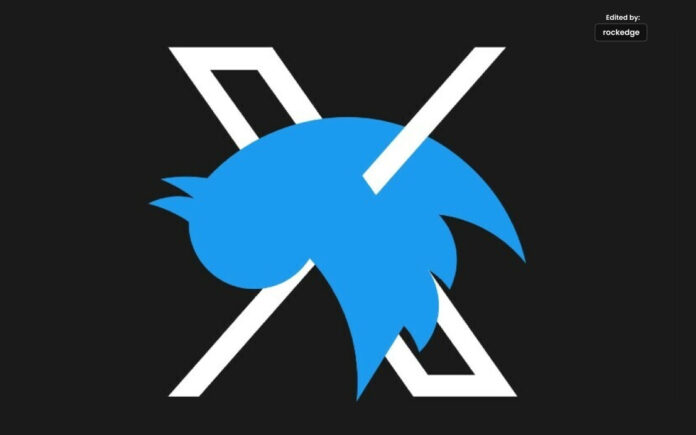Who and how shutdown social media platform X (Twitter) in Pakistan?
The informal shutdown of social media platform X (Twitter) in Pakistan lasted for 11 days, which has affected the daily life of Internet users to a great extent.
Not only did they miss out on getting the latest news, but users who were used to waking up in the morning and asking X to help them get traffic information also suffered.
Hundreds if not thousands of users are using VPN to access X or they are not using X at all.
For the last 9 days whenever someone tries to access ‘X’ website or open X’ application on mobile they get the same message on their screen ‘Something is wrong but don’t worry, try again. as well as a button that tells users to try again.
So what has happened to the social networking website and why its services have not been fully restored despite the directives from the Sindh High Court and other forums?
More worrying than the answers to these questions is the silence of the higher authorities on the matter.
Government Silence:
On February 17, former Commissioner Rawalpindi Liaquat Ali Chhata made ‘revelations’ regarding the alleged rigging of the election results and accused the Chief Election Commissioner and the Chief Justice of being involved in the rigging.
In an already heated political environment, social media platform X is an unexpected hit, which is key for political party supporters, activists and journalists to share information (verified and unverified) while also shaping public opinion.

It is also not clear who shut down the platform or who ordered its shut down.
The Pakistan Telecommunication Authority (PTA) did not give any official response in this regard and threw the ball in the court of the Ministry of Interior.
Last week, Caretaker Interior Minister Gauhar Ejaz said he was not aware of any ban.
Caretaker Information Minister Murtaza Solangi also denied the suspension of X’s services.
Even the PTA has shrugged its shoulders but has the power to block online content under the Electronic Crimes Act, 2016.
Closure of ‘Middle Way’:
Experts said there are several ways to block online content, including IP and protocol-based blocking, deep packet inspection-based blocking, URL-based blocking, platform-based blocking, or DNS-based blocking includes based blocking.
According to NetBlocks, which reports on internet disruptions around the world, XK services have not been fully restored in Pakistan yet.
Although there are no signs of its complete shutdown, users are worried about the frustratingly intermittent slow access.
Access to X via VPN is also being thwarted, according to NetBlocks.
A network analysis by digital rights group Bytes for All concluded that the PTA may be ‘using HTTP blocking geoblocking techniques’ to prevent users from accessing X.
According to the report, connections of users trying to access X from Pakistan are being terminated by the content delivery network (CDN) of Akamai, a US company that provides content delivery services to websites. Is. Thus, ‘access to X is effectively being blocked’ in the country.
A CDN is a distributed network of services that help speed up browsing. In simple terms imagine a Pakistani user trying to access X while their host server may be in the US.
In such cases, first the application from Pakistan goes to America and then it comes back to Pakistan. So it may take some time and the website may be slow.
A CDN solves this problem by storing a ‘cached’ (copy) version of the website’s content on servers inside Pakistan or in a nearby country, thereby speeding up browsing.
Ramsha Jahangir:
Policy expert and tech journalist Ramsha Jahangir says, “It also means that the network must source about a third of its content from the original website, but a large portion of the connection is not between the user and the platform, but between the user and the platform.” CDNs are responsible for serving two-thirds of the content’.
“While we can’t say for sure what mechanism the PTA is using, it has tried to block content at the CDN level in the past,” she says.
In July 2020, the PTA warned internet operators to block ‘illegal’ content served by CDNs or face ‘regulatory action’.
Ramsha Jahangir said that in December 2018, the authorities outsourced the web management system to Canadian company Sidwin.
Ramsha Jahangir accessed the Web Management System contract and reported to him a year later.
However, the 5-year agreement signed by telecom operators, international operators, landing station licensees and PTA has now expired.
National Filtration System:
Haroon Baloch, one of the authors of the Bytes for All analysis, said that companies like Facebook, YouTube, Netflix and X use Akamai CDN to deliver content in Pakistan.
We have tracked our content on Akamai servers (IP Internet Protocol) installed in Italy.
The delivery of X content in Pakistan is being done through these servers.
Based on his analysis, Aaron Bloch added that Akamai’s blocking of access to X is likely to facilitate the PTA, since the traffic is not going past Akamai’s servers.
This process of blocking content from a specific location is called ‘HTTP Geoblocking’.
However, Aaron Bloch says that the analysis was based on a small sample of X traffic and that further research may indicate other server locations or blocking methods.
Over time, PTAs have acquired the technology to bypass ISPs and self-censor content.
According to Osama Khilji, director of Bolo Bhi, Pakistan has recently acquired a new national filtration system to block websites with the help of China.
He said that many tests are being conducted in this regard. X becomes accessible for an hour or two every day. I think the PTA is also in the testing phase of these systems.
Also read this:US Calls for Unrestricted Internet Access as X (Twitter) still Down




